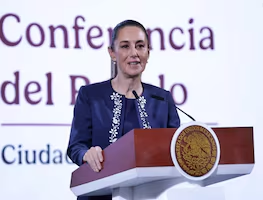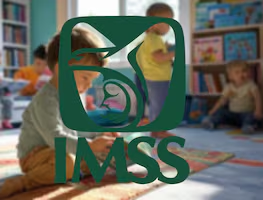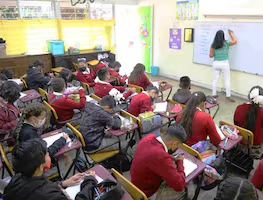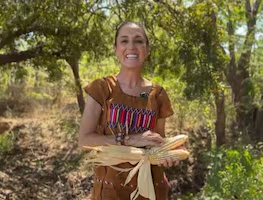Más Información

Claudia Sheinbaum, por definir asistencia presencial a reunión "urgente" de la Celac; migración, tema clave del encuentro

Noroña califica política de EU como hipócrita, racista y fascista; se solidariza con Petro ante deportaciones

Magistrada Mónica Soto propone sustituir al Comité de Evaluación del PJ; plantea someter a insaculación a aspirantes elegibles

Magistrado Reyes Rodríguez propone validar registros de aspirantes con promedio inferior a 8; excluirlos es “estigmatizante”, señala

¿Eres madre trabajadora? Puedes acceder a las guarderías del IMSS; descubre los requisitos y cómo hacerlo
In Mexico, there are at least 43.8 million people in a highly vulnerable situation amid the COVID-19 pandemic, according to a study performed by the National Autonomous University of Mexico (UNAM) . This number represents one-third of Mexico’s total population.
They are people who live, mainly, in communities located in rural areas of the country with high percentages of people older than 60 years old and that do not have hospital beds or medical personnel or that have precarious economic development .
The most vulnerable communities are located in Oaxaca , Guerrero , Chiapas , Veracruz , Puebla , Durango , the Sierra Tarahumara , and Yucatán , as registered by Mexico’s Vulnerability Index in the context of coronavirus made by the Geography Institute of the UNAM.
Recommended: Live Updates: COVID-19 death toll in Mexico
“The highest vulnerability is located in the poorest communities of the country where, in addition, access to health services is limited. The vulnerability of the communities where there are no infections is the highest and most critical ,” as explained by Manuel Suárez from the Geography Institute.
“This can have very strong and negative effects in local economies even though they have no infections. These communities must prevent at all costs COVID-19 infections because, besides financial vulnerability, health services are almost nonexistent in these places.”
The most vulnerable communities are those that will enter the Phase 3 of Mexico’s coronavirus contingency plan later on because they have a smaller population and less visibility compared to large cities like Mexico City and the State of Mexico.
Recommended: Mexico's new data dashboard breaks down COVID-19 cases throughout the country
“It’s important to locate them and recognize them; to understand that they are especially vulnerable because they have less visibility . They are small groups both socially and economically, with small populations and little movements, with very fragile economies . The consequences can be quite serious and hardly visible,” as explained by Samuel Ponce de León .
The map presented by the UNAM shows the places that could register the strongest economic impact regardless of the arrival of the virus. It was designed to know where to focus the efforts since it is vital to protect the population and society and it can be compared to the map of daily cases to have a better understanding of the spread of the virus in the next days and weeks, as explained by William Lee , the coordinator of Scientific Research of the UNAM .
Increase and maintain preventive measures and evaluate their potential early lift
According to experts, including academics from the Geography Institute and the Applied Mathematics Research Institute, as well as from the Medicine and Sciences faculties and the Coordination of Scientific Research, it is vital to increase and maintain measures to mitigate the spread of the new coronavirus in highly vulnerable communities, even though they register no infections since its effect will be harsher.
Moreover, they stressed that it is important to evaluate lifting the measures in the most vulnerable communities even if the pandemic has not been controlled in other places so as to reduce the economic impact .
Recommended: Mexico City’s new app will help you find the nearest hospital in case you contract COVID-19
mp





